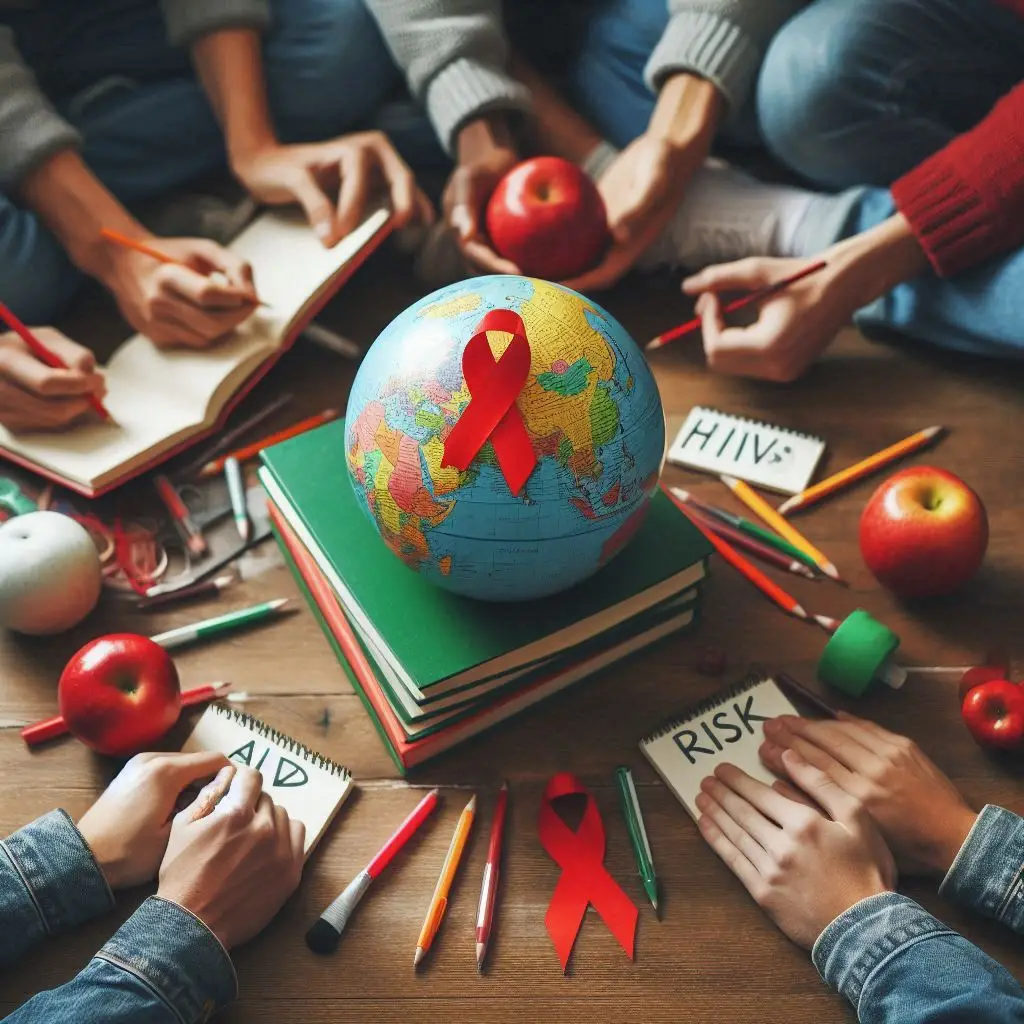Learning from the Past While Asking: Where Did AIDS Come From?
Imagine handing a torch to the next generation—but forgetting to warn them about the fire. That’s the quiet danger many young people face today when it comes to HIV/AIDS. Despite the progress made over the last four decades, youth around the world remain at serious risk of HIV infection, especially in regions where education, awareness, and healthcare are limited.

Understanding the present requires a return to the past, to a powerful question that still echoes in global health circles: Where did AIDS come from? This question isn’t just about history—it’s a key to protecting future generations.
Where Did AIDS Come From?
To protect youth from HIV, we must understand where did AIDS come from. AIDS is caused by the Human Immunodeficiency Virus (HIV), which scientists traced back to chimpanzees in Central Africa. There, a virus called SIV (Simian Immunodeficiency Virus) jumped to humans—most likely in the early 20th century—through blood exposure during hunting. This zoonotic transmission evolved into HIV, which spread quietly for decades before exploding into the epidemic of the 1980s.
This origin story highlights an important truth: HIV emerged through a mix of biology, behavior, and global unpreparedness. These are the same elements that still put today’s youth at risk. Knowing where AIDS came from helps frame the bigger picture—how unawareness, lack of education, and inaction can turn an invisible virus into a worldwide health emergency.
Youth in the Crosshairs: Why Are They Still at Risk?
Across the world, young people aged 15–24 account for a large share of new HIV infections—particularly in low- and middle-income countries. Girls and young women are disproportionately affected, especially in sub-Saharan Africa, where social inequality, gender-based violence, and lack of education leave them vulnerable.
But even in developed nations, complacency is a growing problem. Many young people today didn’t grow up in the shadow of the AIDS crisis. As a result:
- They may see HIV as an “old issue.”
- They may not realize how easily it spreads through unprotected sex, needle sharing, or lack of testing.
- Digital misinformation and stigma can discourage them from learning or asking questions.
Education: The Ultimate Vaccine
While no biological vaccine exists yet, education is the most powerful tool we currently have to protect youth from HIV.

UNAIDS and organizations like UNICEF have long emphasized comprehensive sexuality education (CSE). This isn’t just about biology—it includes lessons on:
- Safe sex practices and condom use
- Consent and healthy relationships
- How and where to get tested
- Understanding stigma and supporting those living with HIV
Unfortunately, many countries still avoid teaching these topics in schools due to cultural, political, or religious resistance. That silence is deadly. It leaves young people uninformed, unprepared, and unprotected.
Digital Era, Digital Risks
Young people today live much of their lives online. Social media and dating apps create new spaces for connection—but also new risks. Unprotected sex, anonymous encounters, and false information can all contribute to the spread of HIV among youth.
However, the digital world also offers powerful tools for change. Apps, campaigns, and influencers are using platforms like Instagram, TikTok, and YouTube to promote HIV testing, share prevention tips, and break the stigma—often in the language and tone youth respond to.
Why “Where Did AIDS Come From” Still Matters
Revisiting where did AIDS come from isn’t just about scientific curiosity. It’s a reminder of how HIV started, how it went unnoticed, and how the lack of knowledge allowed it to spread. Today’s youth need to learn from that lesson.
By understanding the virus’s origins, we can teach the next generation that HIV isn’t just a medical issue—it’s about awareness, behavior, and choice. Just as the virus crossed from animals to humans through unnoticed contact, it continues to spread through silence, shame, and ignorance.
Shaping an AIDS-Free Generation
Youth today have more tools than ever to protect themselves—but only if we give them the right information. Education, access, and support are the pillars of prevention. The world cannot afford to let a new generation walk into an old epidemic.
The question where did AIDS come from must live alongside another: How do we stop it now? The answer lies not just in medicine, but in the minds of the youth—lit with knowledge, empowered by truth, and ready to carry the torch safely into the future.


